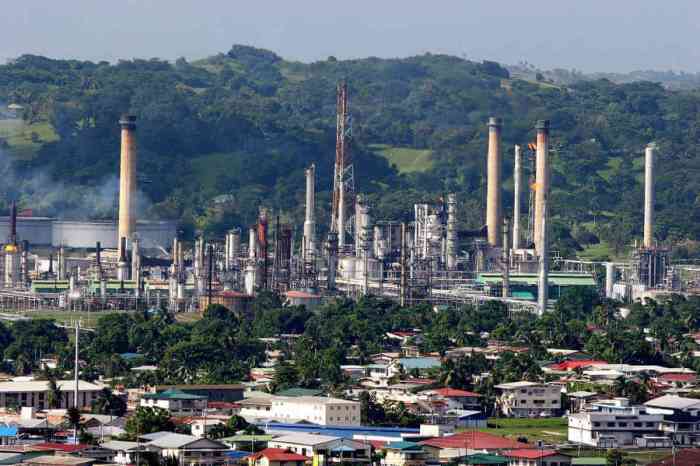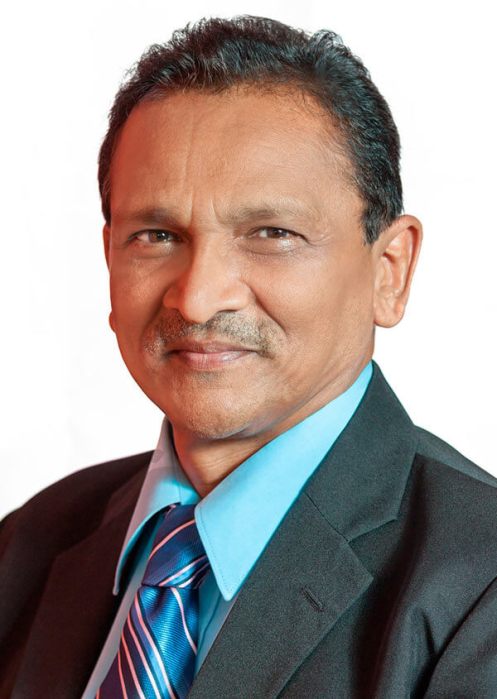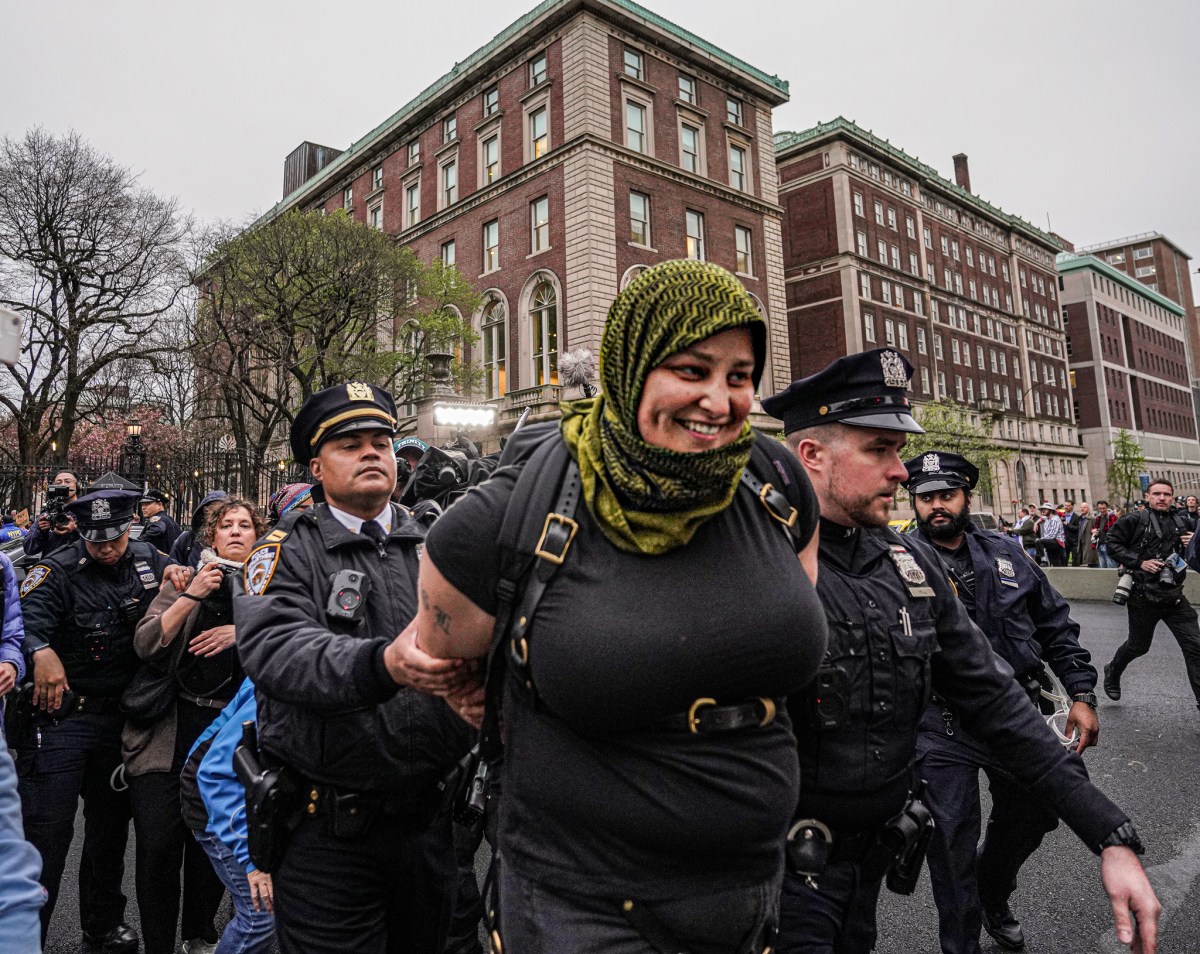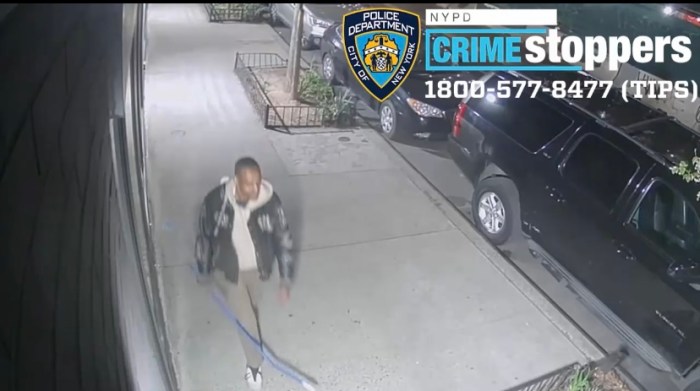Saturday April 21st marks the 48th anniversary of the declaration of the State of Emergency to quell the Black Power Revolution in Trinidad in 1970. The uprising was led by Makandal Daaga and his chey-la [disciple], Kafra Kambon, of the National Joint Action Committee (NJAC).
This year also marks the 18th anniversary since Kambon and his gang of followers rowdily stormed out of a conference on the rebellion during my presentation at University of the West Indies (UWI).
On that Holy Thursday, I was simply trying to expose the popular, (politically correct) propagated myth that many Indians actively participated in the Black Power Revolution.
Seven years after Kambon and his gang noisily interrupted my presentation, Professor Bridget Brereton of the Department of History at UWI came out to support my position.
In an article entitled “Contesting the past: Narratives of Trinidad & Tobago,” Brereton wrote: “Most Indo-Trinidadians opposed the movement and rejected the label ‘black,’ which, most felt, subsumed their ethnic identity under a blanket term always primarily associated with people of African descent” (page 19).
At the Black Power conference in UWI in 2010, I began my presentation by saying: “I speak with the knowledge that there is an attempt by NJAC, and a few Indian militants, to sanitize what, according to historian Kelvin Singh was really ‘a bid by Afro-Trinidadians to dominate the multi-ethnic society in a totalitarian way’” (page 5).
In his book East Indians and Black Power in the Caribbean (1986), Professor Mahin Gosine stated that the participation level of Indians was very low. He wrote that Black Power meant a call to African people to return to their cultural roots, to reject White domination, and to seize political power through revolutionary struggle. The ideology, at its core, preached a return to the traditional African past.
Many Indians did not actively participate in the Black Power Movement because of the violence that was involved. Violence exploded on a large scale on the night of March 5, 1970. Each night, the number of targets hit by Molotov cocktails increased.
Indians feared that the violence would be turned against them, their families, their homes and their small business establishments. An Indian-owned factory was burnt in San Juan and four children died in the fire.
Although NJAC led a procession of 20,000 demonstrators to San Juan, and later to Caroni as an apology, and to signal Afro-Indian unity, the damage was already done to the psyche of Indians.
In his journal article entitled “East Indians and Black Power in Trinidad,” foreign-based researcher, David Nicholls (1971), agreed that the “majority of Indians looked with a certain degree of detachment and with some suspicion upon what was going on. They saw it as a confrontation between black demonstrators, black policemen, and a black Government” (page 443).
At the forefront of the movement were a few Indians. These were men like Winston Leonard who could not have claimed for himself to be either a spokesman or a leader of the Indian community. There was also Chan Maraj of the unknown Arouca-based National Freedom Association, whose fame to claim was that he was related to veteran politician Stephen Maharaj.
These men were aliens to the Indian community. Indeed the Indian community saw them as confused men without a cultural identity. They were token Indian symbols used by advocates of the Black Power Movement for strategic, symbolic and political purposes.
Like Raja Ramlogan, these Indian men did not talk about India, Indian history and Indian heritage with the same passion as their African counterparts talked about their ancestral past.
Indeed, while the Black Power leader, Daaga, and his chey-la, Kambon, were sporting dashiki with pride, Ramlogan was sporting dashiki too, instead of the culturally-acceptable Indian kurta shirt.
A few Indian university students were involved. They went beforehand along the Caroni route explaining the purpose of the proposed march. But they were not taken seriously by villagers since they were considered young university students who just had “more book sense that common sense.”
On March 12, 1970, Indian children came out on the streets out of curiosity to see the dramatic procession, complete with colour, props, chants and speeches.
Indian adults on the Caroni route came out not so much in support of the Movement, but more out of the characteristic Indian hospitality to give food and water to any passing stranger in need.
There was also the strong feeling of fear: Give these rebels what they want and let them go quickly.” If Indians did give a hand of support to the protesters, it was really in support against Prime Minister Dr Eric Williams and his ruling PNM (People’s National Movement) who were considered to be the enemies of Indians.
The writer is an anthropologist who has published 11 books.


























